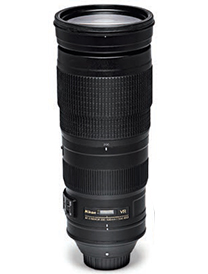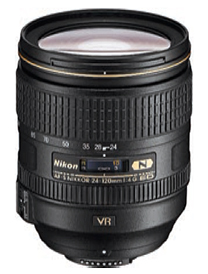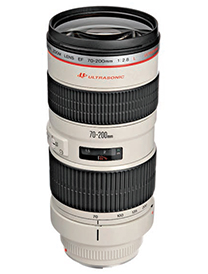
Ask your question to Uncle at sp@nextgenpublishing.net
Is Canon EOS 60D ‘noisy’?
I am using a Canon 60D for the last 1.5 years. Using the 60D at ISO 640 (and above) is showing a good amount of noise. Is my 60D not capable of doing high ISO shots? Or what might be the problem? I’m using the kit lens 18-135mm IS STM.
Aravind V. S, via emai
After receiving Aravind’s email, I requested him to send us few images taken with the Canon EOS 60D that he considers noisy. Those images range from ISO 500 to ISO 1250. In my opinion, all the images we received are usable. Yes, I do see noise in all of them but the question is, is the noise at acceptable level or is the noise unacceptable? While what is acceptable and what is not is also subjective and varies from person to person, we must realise that noise is a part and parcel of all digital images. Underexposed areas (dark shirts, dark faces, dark backgrounds) have little or no detail (lack of image information/ data) and hence will always show noise, irrespective of the ISO used (and higher ISO images will of course show more noise).
Another point to consider is the enlargement factor. If you try to look for noise at higher enlargements (say 50%, 100%) you will notice more noise; the same image at ‘normal’ viewing size may show very little to no noise.
Also consider this. An image that appears noisy on the computer monitor, will exhibit lesser noise when printed. The type of printing (commercial lab printing, inkjet printing, magazine printing) will all show different amount of noise. The texture of the printing paper (glossy, matt, canvas) is also important; glossy prints will show more noise, canvas, the least.
Finally, do bear in mind that the EOS 60D was introduced around mid- 2010. It would not be fair to compare 5-year old technology with the current technology.
A Query on Nikon’s 200-500mm lens
I have gone through the review article on the above referenced lens, published in the Nov. issue of SP. Please clarify the following points:
It ( the review) says, “Nikon claims that the VR has a 5-stop advantage”. It also mentions that “The lens is not very easy to hand-hold for more than a few seconds. You need a very heavy duty tripod….”. While using tripod (which, as it appears, in this case, I will need all the time), I have to switch-off the VR! Then what is the use of VR at all? Please tell me whether I am thinking in the right line.
Swapan Sen, Kolkata
It is recommended to use all heavy lenses on a tripod, though this may not be possible or convenient every time.
If you need to use the lens without a tripod, you should switch the VR to ‘ON’ to take advantage of the VR feature. But if you are using a tripod, then it is better to switch OFF the VR system, as not doing this could possibly cause extra vibrations.
The VR is useful when you are handholding the camera.


Lenses for Wedding Photography
What are the best lenses for wedding photography?
Virag Sharan, Jaipur
There is no clear-cut answer to this question; a lot depends on your style of working. Generally speaking (but not always), lenses in the focal range of 24 -120mm are quite commonly used.
Let’s take an example: It’s a Catholic wedding in a church and the photographer is standing on the church balcony much above the congregation. He could use an ultrawide- angle lens (say, 20mm) to provide an overall view or he could even use a 70-200mm zoom to get a semi-close-up shot of the bride and the groom. So, the focal length you use could depend on the particular situation.
According to me, what you should also consider is the lens speed. A ‘fast’ lens (one with a wide maximum aperture) will collect more light and make it easy for the autofocus system to accurately and quickly achieve focus. In most cameras, the central AF point, which is cross-type, gets activated only when a fast lens is used. Hence it makes sense to invest in a fast lens for wedding photography. A fast lens, when used wide open, can also throw the background out of focus, which could isolate the main subject and make him/her stand out. A fast lens can also allow you to take pictures without the use of electronic flash or using just a ‘fill-in’.
Longer lenses (in terms of focal length) can let you take photos from a longer distance, without the subject ‘posing for the shot’. In a wedding photography shoot, this can be sometimes difficult because someone or the other is likely to get between you and the subject!
Day/Date Stamp Mystery
When I remove the battery from my camera, it stops working but the day/date stamp remains visible? How is this?
Karan V. V., Hyderabad
Most digital cameras have an energy buffer that prevents the day/date stamp from being erased. Some cameras have a small button cell (back-up battery) which does the same work. In case of the later design, the back-up battery may need to be replaced after a certain period.

